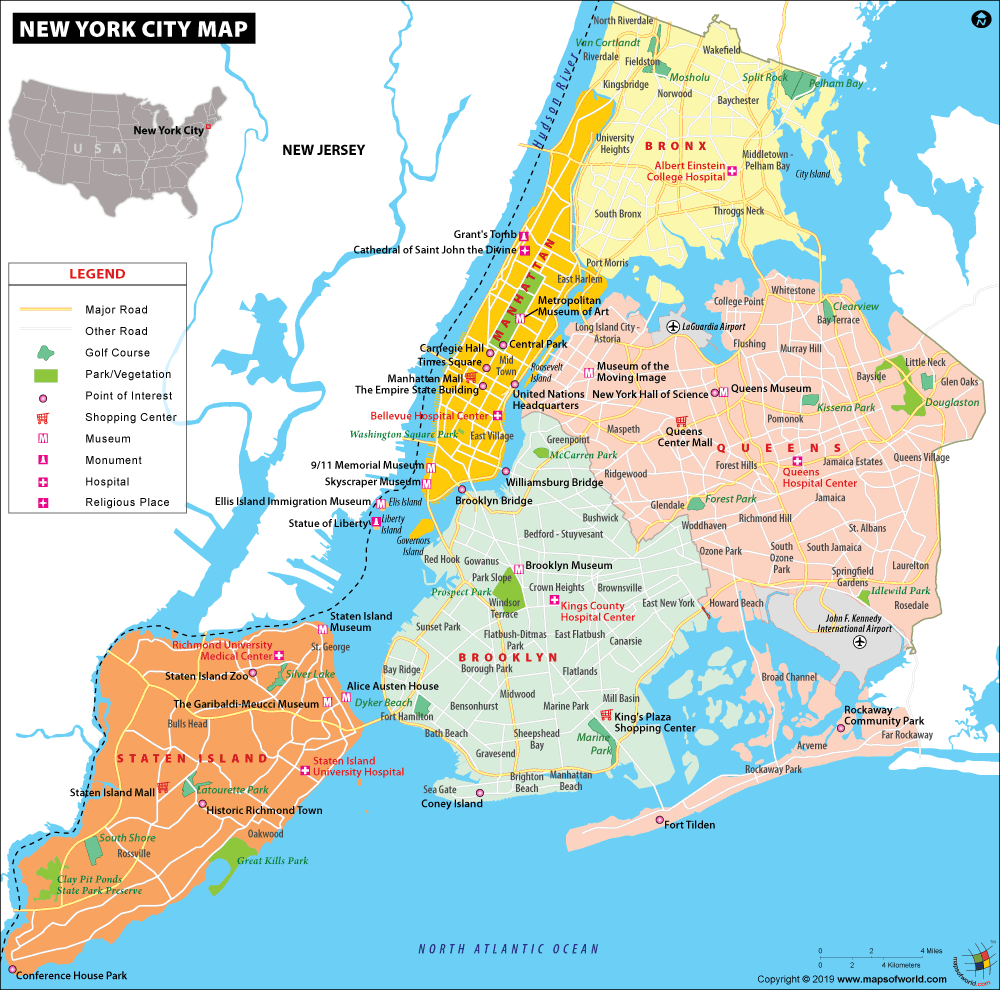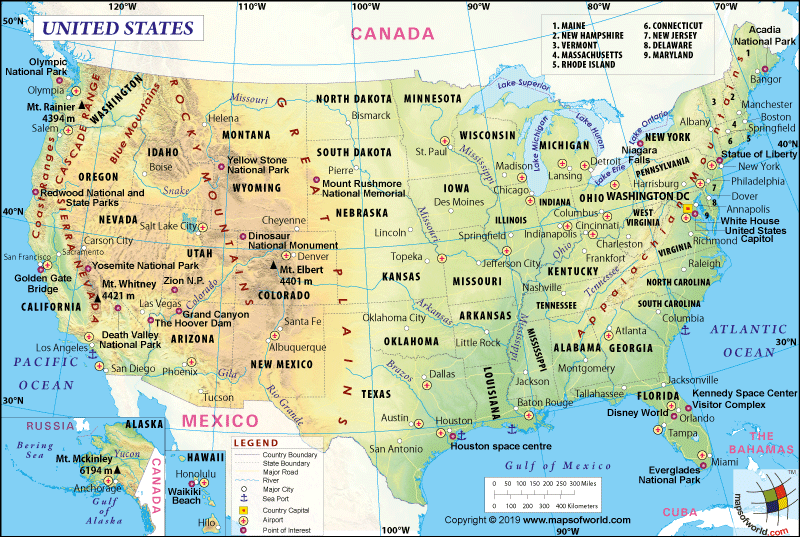What was the Great Depression?

The Great Depression is considered the most significant economic downturn in global history. It lasted for about a decade, starting from 1929 and stretching until 1939. It started with the stock market crash that happened in October 1929, which resulted in the wiping out of the wealth of millions of investors. Subsequently, both investments and consumer spending declined, pushing employment and industrial output to rock bottom. By the year 1933, the Great Depression reached its worst phase, with about 50% of the banks in the United States of America (US) failing, and roughly 15 million Americans struggling without jobs.
What was the Cause of the Great Depression?
The period of the 1920s was economically booming with wealth in the US. It is famously called ‘the Roaring Twenties’. During this decade, the total wealth of the US more than doubled. The stock market, located on Wall Street in New York City, also saw rapid expansion, as everyone from a millionaire tycoon to a janitor was investing their savings. In August 1929, the stock market reached its peak.
But by then unemployment was rearing its ugly head and the production too was declining. This led to an increase in stock prices. Moreover, at that time banks were dealing with an excess of big loans, consumer debt was increasing, wages were low, and the agricultural sector was suffering because of falling food prices, combined with drought.
In the summer of the year 1929, the US economy entered a mini-recession. Slowing down of spending by consumers led to a decline in the production of factory goods. However, stock prices kept increasing. By the fall of that year, the stock prices had risen unreasonably high, to a point where they could not be justified by the potential for future earnings.
What Triggered Black Thursday?
On October 24, 1929, panic-induced an unending wave of bulk selling of overpriced shares on Wall Street. And as dreaded, the stock market crashed. Over 12 million shares were sold that day. This day came to be known as ‘Black Thursday’.
The panic kept increasing, and five days later, on October 29, 1929, the sale of another 16 million shares brought prices further down. Additionally, millions of shares turned to dust, and investors who had been speculating in stocks with borrowed money were completely wiped out, on what later came to be known as ‘Black Tuesday’.
The decline that began with the stock market crash had a disastrous ripple effect on the US economy, on aspects such as industrial production, employment, wages, and interest rates. It was compounded by the decline in crop prices and Great Plains drought, which adversely affected the farmers. Thousands lost their jobs, and those who were employed witnessed considerable fall in their wages. Many got sucked into the debt trap. By 1933, the world trade had declined to one-third of what it had been in 1929. The economic woes spread further across the world, and countries like the UK, France, and Germany in Europe were particularly affected.
The Banking Crisis
The situation kept deteriorating for the next three years. As per some studies, by 1930, four million Americans were unemployed. The number rose to six million in the year 1931. The industrial production of the country was also reduced to half. Farmers lacked money to harvest the crops, and had no option but to leave them rotting in the fields. Meanwhile, a major part of the population starved. It was a period when homeless people, soup kitchens, and bread lines became a common sight in the US cities and towns.
Many investors, fearing insolvency of their banks, demanded immediate return of cash deposits. This forced the banks that had insufficient cash reserves to liquidate loans. In the spring and fall of 1931, and then again in the fall of 1932, this flood of panic created runs on banks thoughout the US. The failure of large banks, such as the New York Bank of United States further shook public confidence and created runs on smaller local banks too. Due to the prevalence of the Gold Standard, the Federal Reserve could not take decisive action to increase the money supply in the economy. This aggravated the situation, and led to a banking crisis when, towards the beginning of the year 1933, several banks were forced to close down.
Roosevelt Assumes Charge as President
The president of the US during the initial years of the recession was Republican Herbert Hoover. He subscribed to the view that it was not the responsibility of the government to provide economic relief or create jobs. By 1932, about 15 million people were unemployed, which was over 20 percent of the US population in those times. In the backdrop of this economic crisis, Democrat Franklin D. Roosevelt won the 1932 presidential elections with an overwhelming majority.
Roosevelt quickly took some measures after rising to power to alleviate the economic woes. He announced ‘bank holiday’ for a duration of four days. This temporary closure of banks facilitated the US Congress in passing of reform legislation, and identifying banks that were fit to be reopened. He also maintained frequent interaction with the public with his ‘fireside chats’ on the radio which went a long way in reviving public confidence. His famous quote was, “The only thing we have to fear is fear itself.”
Within his first 100 days in office, Roosevelt passed legislation aimed at stimulating recovery, creating jobs, and stabilizing agricultural and industrial production. He created the FDIC (Federal Deposit Insurance Corporation) for the protection of accounts of the depositors. He also established the SEC (Securities and Exchange Commission) in order to prevent circumstances that had earlier led to the stock market crash.
The New Deal for Recovery
President Roosevelt enacted the New Deal which was a series of financial reforms, public work projects and programs aimed to recover from the Great Depression. A prominent program among them was TVA (Tennessee Valley Authority), which provided electric power to the regions of Tennessee Valley and also built dams. There was also a WPA (Works Progress Administration) jobs program, that provided employment to about 8.5 million people during the years 1935 to 1943.
The government also passed the Social Security Act in 1935, which provided for Americans with disability and unemployment benefits. Over the next few years, the US economy showed tremendous improvement, with the real GDP growing at the rate of 9 percent every year on an average.
While the US economy staged a gradual recovery, another recession in 1937 reversed many gains in the sectors of employment and production. This stretched the Great Depression period until the end of the decade.
The end of the Great Depression coincided with the beginning of the Second World War in Europe, where the financial crisis had precipitated the rise of extremist political forces, such as the Nazi regime in Germany. In fact, the rise in defence related production, and higher recruitment in the armed forces, may have contributed in part to lift several countries out of the spiral of low production and unemployment that was the hallmark of the Great Depression.
Related Links:


